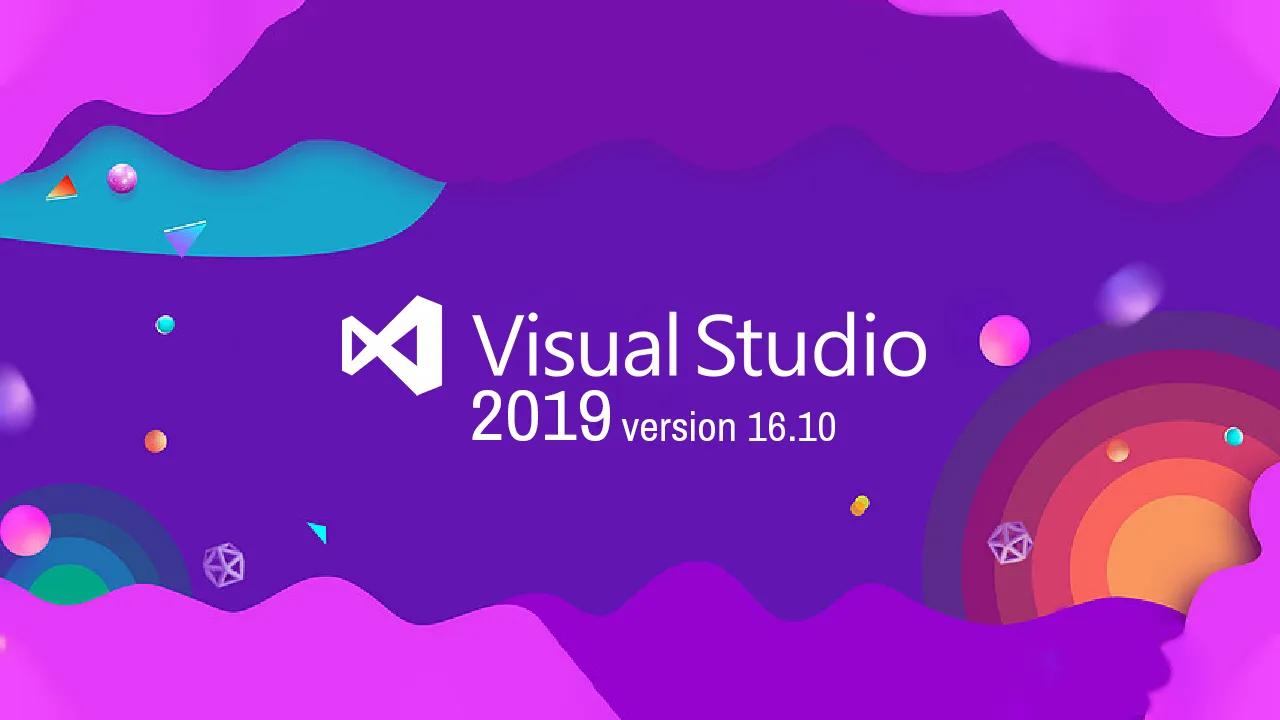C++20 adds a new text formatting facility to the standard library, designed primarily to replace snprintf and friends with a fast and type safe interface. The standardized library is based on the existing {fmt} library, so users of that library will feel at home.
Before diving into how std::format works I want to thank Victor Zverovich, Elnar Dakeshov, Casey Carter, and miscco, all of whom made substantial contributions to this feature, and were the reason why we could complete it so quickly.
Overview
To start using <format> you just need to be using Visual Studio 2019 version 16.10 or later and you need to be compiling with /std:c++latest. You can get the latest Visual Studio preview here.
The simplest and most common way to use <format> is to call:
template<class... Args>
string format(string_view fmt, const Args&... args);
fmt is the format-string and args are the things you’d like to format. The format string consists of some text interspersed with curly brace delimited replacement fields. For example: "Format arguments: {} {}!" is a format string for formatting two arguments. Each replacement field corresponds to the next argument passed. So std::format("Format arguments {} {}!", 2, 1) would produce the string "Format arguments 2 1!"
Format strings can also contain numbered replacement fields, for example "Format arguments {1} {0}!". These refer to the numbered argument passed in, starting from zero. Numbered and un-numbered (automatic) replacement fields can not be mixed in the same format string.
There are all sorts of modifiers you can use to change the way a particular parameter is formatted. These are called “format specifiers” and are specified in the replacement field like so: std::format("{:<specifiers>}", <arg>). Let’s look at an example that has one of everything.
std::format("{:^+#12.4La}", 4.f);
This returns the string “+1.0000p+2” (printing this string out to the console on Windows can be a bit difficult). Let’s go through what each component of the above string told std::format to do. First we have “^” the “fill and align” part of the format specifiers, saying we’d like our output center aligned and padded with cat emojis. Next we have “+”, meaning we’d like a sign character no matter what (the default is “-” to only print the “-” sign for negatives, and you can also use a space to ask for a minus sign or a space). After that we specify “#”, meaning “alternate form”. For floats the alternate form causes format to always insert a decimal point. Next we specify “12.4” to get a width of 12 and a precision of 4. That means format will use the “fill” and “alignment” settings to make sure our output is at least 12 characters wide and the float itself will be printed to 4 digits of precision. Next the “L” specifier causes format to use locale specific formatting to print things like decimal separators. Finally “a” causes the output to be in hexfloat format. More detailed information about the possible format specifications can be found at cppreference.
#c++ #visual studio 201
